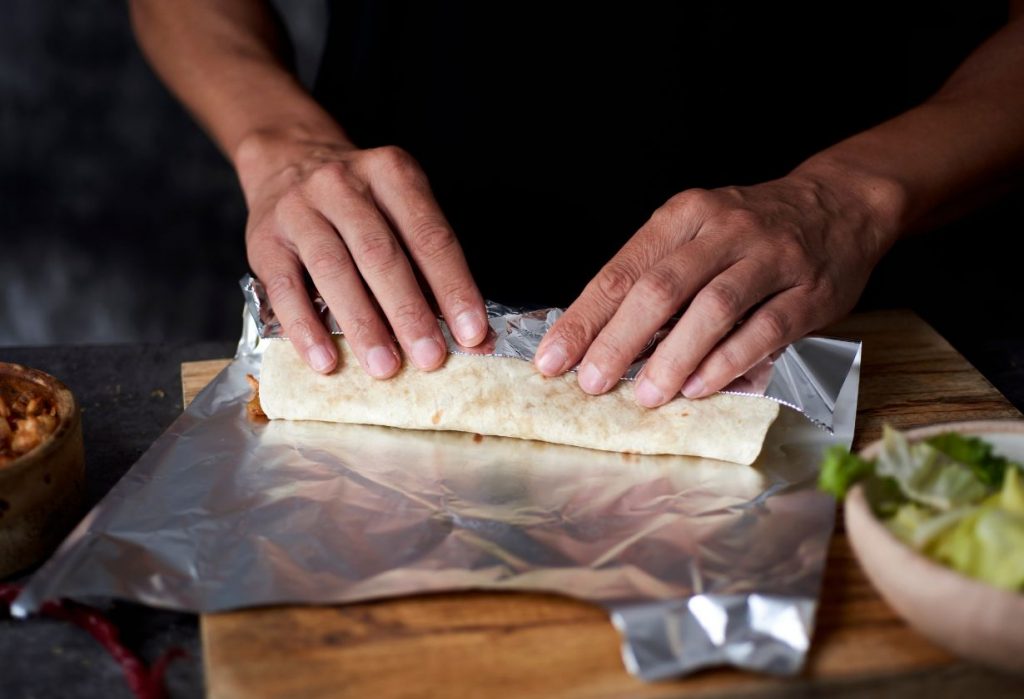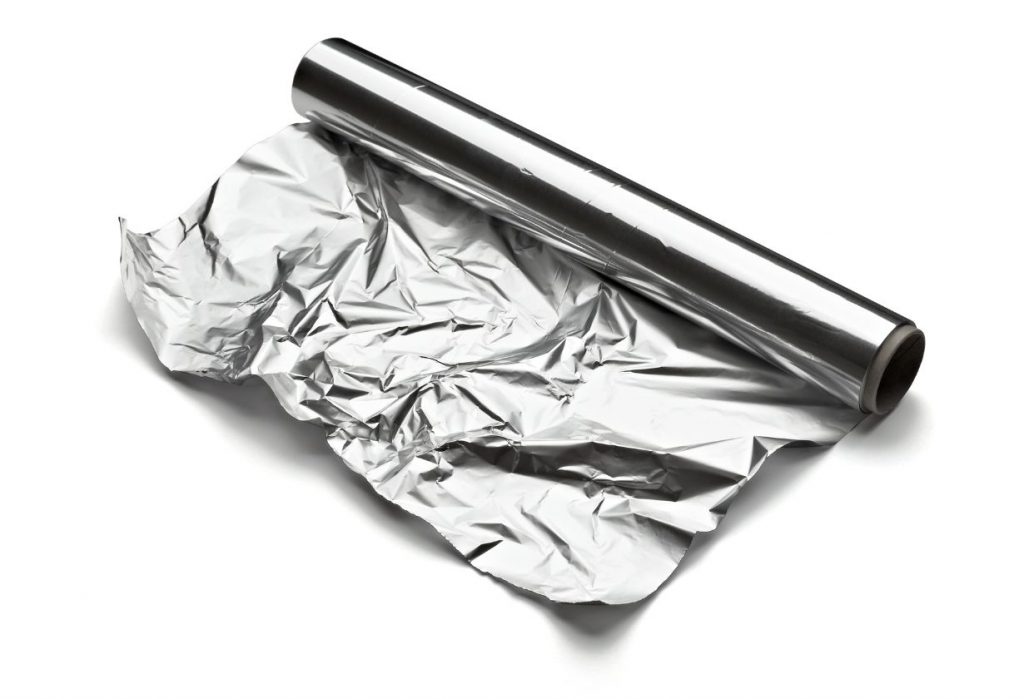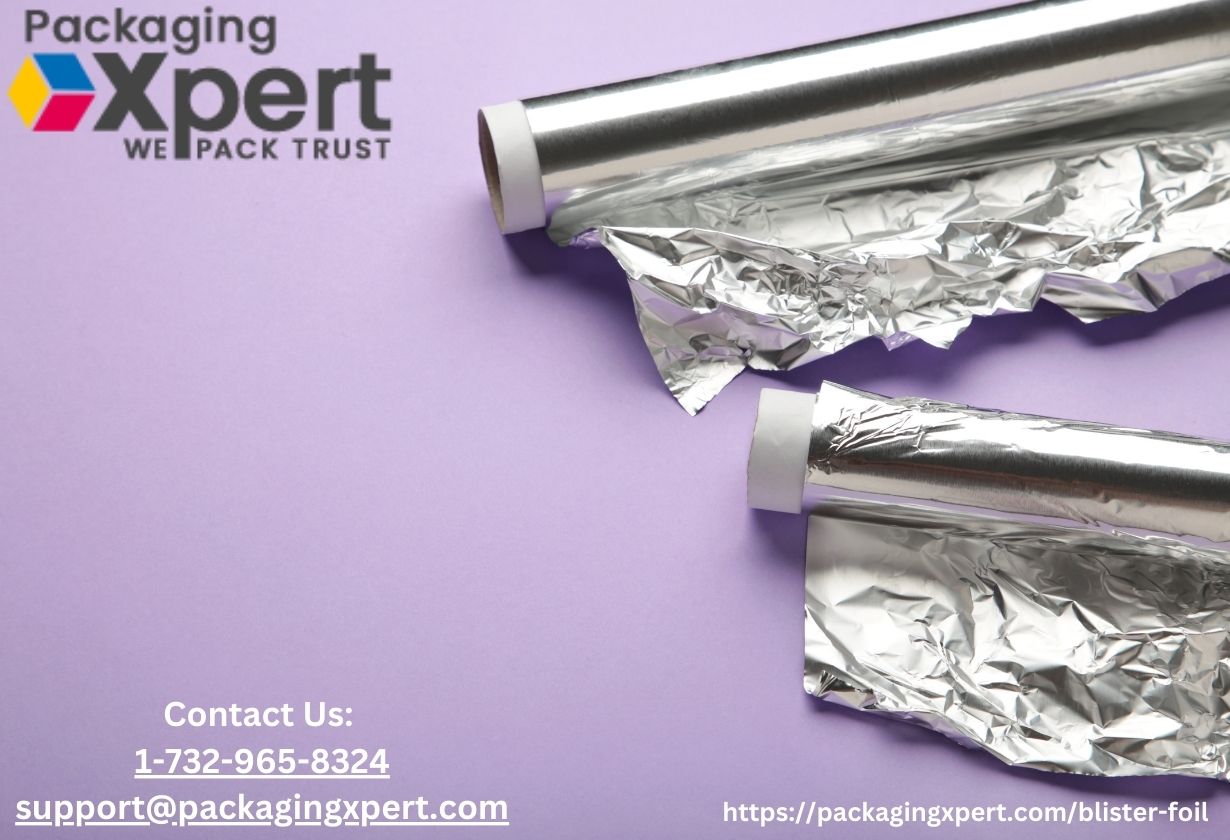In the high-stakes world of pharmaceuticals, packaging is more than just a necessity; it’s a critical component that can make a difference in patient safety, regulatory compliance, and the ultimate efficacy of a drug. Enter blister foil packaging, an industry staple known for its robust barrier properties, ease of use, and patient-friendly design.
But in an industry where the details truly matter, understanding the nuances of blister foil is crucial in leveraging its full potential. Whether you’re a pharmaceutical manufacturer, a packaging designer, or a professional in the healthcare supply chain, this comprehensive guide is your valuable roadmap to the ins and outs of blister foil packaging.
Understanding Blister Foil Packaging

Blister packs are pre-formed plastic or aluminum packaging that holds a single dose of a product. The central part of a blister package is the cavity or pocket, which is usually made of thermoformed plastic. The cavity is often thread-sealed to protect the product from external contaminants and provide tamper resistance.
Aluminum-based foils, more commonly known as blister foils, are the preferred barrier material for pharmaceuticals. These foils come in two main types – push-through and peelable. While both offer the necessary barrier against moisture, oxygen, and light, they are designed for different purposes.
- Push-Through Foils: These are made to meet the specific demands of the conventional blister pack.
- Peelable Foils: Usually made with a dull layer to allow for easy opening. They are essential when a patient needs to have spontaneous access to medication, especially in the case of senior-friendly packaging.
Benefits of Blister Foil in Pharmaceuticals
The use of blister foil offers a range of benefits for pharmaceutical packaging.
- Barrier Protection: Blister foils provide a tight barrier against moisture, oxygen, and light, which can compromise the shelf life and potency of medicines.
- Unit Dose Capabilities: By design, blister packaging ensures each dose is isolated, maintaining its identity and sterility, which is especially vital in hospital and clinical settings.
- Customizable: Blister foils can be customized for different dosage forms, making them versatile for a range of drug types, from tablets and capsules to powders and liquids.
- Tamper Evidence: Once sealed, it is clear if the package has been opened, providing an additional layer of security to the product.
Considerations in Blister Foil Material Selection
Selecting the suitable blister foil material is a critical decision that can impact cost, shelf life, patient compliance, and environmental sustainability.
- Aluminum Thickness: The thickness of the aluminum layer affects the barrier properties and the cost of the packaging. A balance must be struck to provide adequate protection while keeping material usage to a minimum.
- Sealability: The foil must be compatible with the sealing technology used in the production process to ensure integrity and product protection.
- Printability: Branding and product information are often printed directly on the foil for traceability and regulatory compliance.
Blister Foil Packaging as a Marketing Tool
The packaging is often the first interaction a patient has with a medication. It’s an opportunity for pharmaceutical companies to convey crucial brand information and differentiate their products.
- Branding: Blister foils can be customized with a company’s logo, color scheme, and other marketing messages.
- Patient Information Leaflets: Including instructions and medical information directly on the package can enhance patient understanding and compliance.
- Global Compliance: With print-on-foil technology, manufacturers can quickly meet the regulatory requirements of different global markets without the need for separate inserts or over-labeling.
The Role of Blister Foil Packaging in Patient Safety

The safety of patients is non-negotiable in the pharmaceutical industry, and blister foil plays a significant role in this aspect.
- Accidental Ingestion Prevention: The individual blister compartments minimize the chances of accidental ingestion, especially by children.
- Improved Compliance: The precise delineation of doses in a blister pack helps patients adhere to their medication regimen, reducing the risk of error.
- Drug Integrity: Blister foils ensure the integrity of the product from the manufacturer to the patient, combating counterfeit drugs.
Innovation and Trends in Blister Foil Packaging
Continual innovation and evolving trends in blister packaging are transforming the way pharmaceutical companies approach their packaging solutions.
- Innovative Packaging: Incorporating RFID tags and other intelligent technologies can enhance track-and-trace capabilities for improved supply chain management and combat counterfeiting.
- Sustainability: With an increased focus on eco-friendly practices, there is a push towards recyclable or biodegradable foil materials without compromising the necessary barrier protection.
- Child-Resistant Packaging: New designs and materials are emerging to create blister packs that are more challenging for children to open while still being accessible for adults.
Challenges and Pitfalls in Blister Foil Use
While blister foil has a plethora of benefits, there are challenges associated with its use in pharmaceutical packaging.
- Complexity of Opening: The difficulty in designing easy-open yet secure packaging can be a balancing act for manufacturers.
- Adapting to New Regulations: Changes in regulations, such as child-resistant packaging requirements, can impact existing packaging strategies and designs.
- Cost and Scalability: The initial cost of blister foil materials and equipment can be high, and scalability must be considered for small-scale manufacturers.
Best Practices for Using Blister Foil in Pharmaceuticals
To make the most out of blister foil packaging, certain best practices should be followed.
- Consistent Quality Assurance: Regular testing and checks ensure the foils maintain their barrier properties and structural integrity.
- Collaboration with Packaging Experts: Seeking the advice of packaging experts can lead to the development of efficient and innovative blister packaging solutions.
- Continuous Improvement: Regularly reviewing and updating packaging designs and materials ensures products are always best served by the most current solutions.
Case Studies and Success Stories
Examining real-world applications can provide valuable insight into the impact of blister foil on pharmaceutical packaging.
- Case Study: A large pharmaceutical company adopted peelable blister foils for their range of senior-friendly medications, resulting in increased market share and patient satisfaction.
- Case Study: An over-the-counter drug manufacturer improved compliance rates by transitioning from traditional bottling to blister packaging.
Looking to the Future of Blister Foil Packaging
The future of blister foil packaging in the pharmaceutical industry looks promising, with ongoing developments promising even better solutions.
- Technological Innovations: The integration of technologies like IoT sensors could offer unprecedented insights into package use and handling conditions.
- Personalized Medicine Packaging: Advances in digital printing may allow for fully customizable blister packs tailored to individual patient needs and prescriptions.
- Niche Applications: Smaller, more specialized uses of blister foils may become more common as the pharmaceutical industry continues to diversify.
In conclusion, blister foil packaging in the pharmaceutical industry is not just a means to hold medications – it’s a strategic tool that can enhance the customer experience, boost brand engagement, and meet stringent regulatory requirements. Leveraging its potential requires a thorough understanding of materials, design principles, and emerging trends. With the insights provided in this guide, pharmaceutical stakeholders can forge ahead, confident in their knowledge of this essential packaging solution.







